While economic indicators are often seen as a fundamental currency trading tool, they’re often just as important for trading commodities or stock index CFDs.
In general, Economic Indicators are major data releases from world governments that gauge the current status of the economy of a country, monetary union, or a particular sector They’re published regularly at a certain time of month by governmental agencies.
These statistics help Forex and Commodity traders monitor the economy’s pulse.
Immediately after the release of the highest impact economic data reports, the interbank market will quickly digest the information and, as a result, prices will often jump and increase in unusual volatility for up to 15 minutes.
This is a natural part of the market reaction to new information.
It’s important for beginner traders to understand that the market is not a mechanical tool that does what it’s “supposed” to do. The market is an aggregate of human decisions (primarily those of traders at large financial institutions) taking positions based on their opinions, driven by the information they have at hand.
No human – not even a trader at a “too big to fail” desk – is perfect, let alone the opinions of the masses.
The key to profitable trading is not to follow the masses’ expectations but to find the opportunities to capitalise on opinions that oppose the masses.
Some of the most important economic indicators include:
Interest Rates Announcement
Interest rates play the most important role in a nation or monetary union’s economy, resulting in strong moves on the prices of their currencies.
Interest rates are a central part of modern capitalism, primarily because every economy relies heavily on startups as well as established corporations who borrow money in order to pay back into the country’s economy (either through salaries to employees or payments to suppliers who will then pay their employees.)
If interest rates are low, then “money is cheap.” (In other words, it costs less to borrow.) Conversely, when interest rates are high, “money is expensive.”
This is the nature of the economic cycle
Central Banks (such as the ECB in the European Union or the Federal Reserve in the United States) control when money is cheap or expensive by raising and dropping interest rates. While this may appear to be a sense of power, it’s actually a reaction:
When money is cheap, companies borrow to spend. People are happy. New jobs are created. People who get those jobs spend on other companies. Those other companies spend and/or borrow to spend. Repeat.
As this continues, Central Banks gradually raise interest rates so that the region’s finite resources can support all the borrowed capital. Eventually, the interest rates are high enough to curb further companies from borrowing and spending (money is too expensive.)
As corporate profits fall, the market drops. The world reacts as if it’s never happened before (forgetting that this happens at least once every couple of decades, but that’s too long of an attention span to expect of humans, it appears.)
As lost jobs and fallen corporate profits drop the world markets to a new short-term low, Central Banks gradually drop interest rates to encourage new borrowing.
Eventually, the Central Bank’s interest rate drops fall in love with the right level of economic depression and the country’s fall into oblivion halts.
Then… money is cheap again, so companies borrow to spend. People are happy again.
We then repeat the whole cycle… complete with sensationalist media coverage and masses of uneducated traders acting like it’s all happening for the first time… yet again.
Despite exponential advancements in technology, our societies have yet to find a more stable way to manage a capitalist economy.
The most important factor is that Central Banks set interest rates based on their expectations: If they believe that money is too cheap, they will raise rates. If they believe money is too expensive, they will lower rates.
The effect of interest rates on the markets is best understood with one simple question: “If I hold this (any financial asset), how much will it pay me?”
For the purposes of understanding this concept, forget the fact that this asset has a price movement. Think only in terms of regular payments (interest, dividends, etc.)
If the current benchmark rate set by the Central Bank is 0.5% per year, that means a large institution can buy government treasury bills (basically government issued “IOU’s”) that pay roughly 0.5% per year.
With that in consideration, it sure looks like a great deal to hold onto a stock (or stock index) that pays a 5% per year dividend or a currency pair that pays a positive swap rate (which is the difference between the two currencies’ interest rates, aka. that fee you see on your trading platform when you hold it through “rollover” time that can be a positive or negative number).
Why? That 5% per year is a lot higher than the “risk free” government treasury’s 0.5%. A whole 4.5% more.
(To put this into perspective, 4.5% of a “small” hedge fund that has $50 Million US Dollars under management is a lot of money to most people.)
If a currency pair or stock index has that kind of differential from the treasury rate, it’ll likely go up in price in the long term due to this very demand.
Likewise, if the current Central Bank rate is set at 15%, suddenly that 5% yield on the index or currency pair isn’t such a great deal.
Under this environment, it’s a lot less risky to hold a “risk free” government treasury to make 15% than to hold onto a volatile asset that pays 5%. It doesn’t take a genius to see why it’s no longer bullish for the hypothetical instrument.
Understanding the rationale behind the influence of interest rates on all global markets is a basic concept that all traders should learn. It’s also vital to understand prior to learning the logic behind the other economic indicators.
Gross Domestic Product (GDP)
The GDP is the broadest measure of a country’s economy, and it represents the total market value of all goods and services produced in a country.
A strong economy, as shown in the Interest Rate Announcement tutorial above, leads to rising interest rates. So if the UK’s economy is strong and the American economy is weak, the GBP/USD can be considered bullish (within this context, don’t trade based on one factor in reality.)
Why? In theory, the interest rates on the GBP will likely rise while the rates on the USD will likely fall. This nets out to a positive net interest rate differential on the GBP/USD (the swap rate which is charged on rollover approximates the interest rate of the base currency on the left minus the interest rate on the quote currency on the right.)
However, the GDP figure itself is often considered a lagging indicator as institutional traders will have already priced in the information long before its announcement. Instead, most traders focus on the two reports that are issued in the months before the final GDP figures: the advance report and the preliminary report.
Of course, sometimes there are significant revisions after these reports (advance report shows a high number, actual GDP comes out lower, and the currency will drop drastically.) This is similar in effect to an expected earnings announcement coming out lower than expected on a stock.
Consumer Price Index
The Consumer Price Index (CPI) is an indicator of inflation. It represents changes in the level of retail prices for the basic consumer basket.
Since inflation is effectively the fall of buying power of a currency within its country’s borders, the CPI tends to impact the currency markets heavily.
If the economy develops in normal conditions, the increase in CPI can lead to an increase in basic interest rates. This, as illustrated in the interest rates tutorial above, leads to an increase in the attractiveness of a currency.
Employment Indicators
Employment indicators reflect the overall health of an economy or business cycle.
In order to understand how an economy is functioning, it is important to know how many jobs are being created or taken away, what percentage of the work force is actively working, and how many new people are claiming unemployment.
For inflation measurement, it is also important to monitor the speed at which wages are growing.
Employment Indicators, especially the Non-Farm Payrolls report from the United States, are released on a monthly basis and are among the strongest market-moving announcements in the FX markets.
The Non-Farm Payroll report causes some of the strongest short-term volatility every month within the 5 to 15 minutes before and after its announcement as the market digests its data vs the expected data.
Retail Sales
The retail sales indicator is released on a monthly basis and is important to the foreign exchange trader because it shows the overall strength of consumer spending and the success of retail stores.
The report is particularly useful because it is a timely indicator of broad consumer spending patterns that is adjusted for seasonal variables. It can be used to predict the performance of more important lagging indicators, and to assess the immediate direction of an economy.
Balance of Payments
The Balance of Payments represents the ratio between the amount of payments received from abroad and the amount of payments going abroad.
In other words, it shows the total foreign trade operations, trade balance, and balance between export and import, transfer payments. If coming payment exceeds payments to other countries and international organizations the balance of payments is positive. The surplus is a favorable factor for growth of the national currency.
Government Fiscal and Monetary policy
Stabilization of the economy (e.g., full employment, control of inflation, and an equitable balance of payments) is one of the goals that governments attempt to achieve through manipulation of fiscal and monetary policies. Fiscal policy relates to taxes and expenditures, monetary policy to financial markets and the supply of credit, money, and other financial assets.
Conclusion
Understanding economic indicators is a vital part of every Forex trader’s tool box.It’s important to take the time to not only look at the numbers, but also understand what they mean and how they affect a nation’s economy.






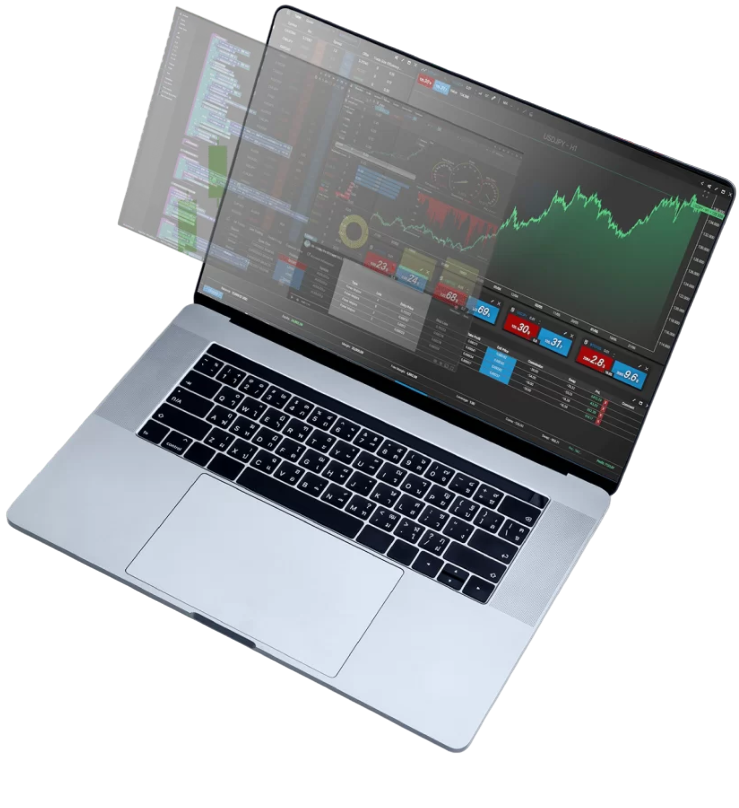 White Label Solutions
White Label Solutions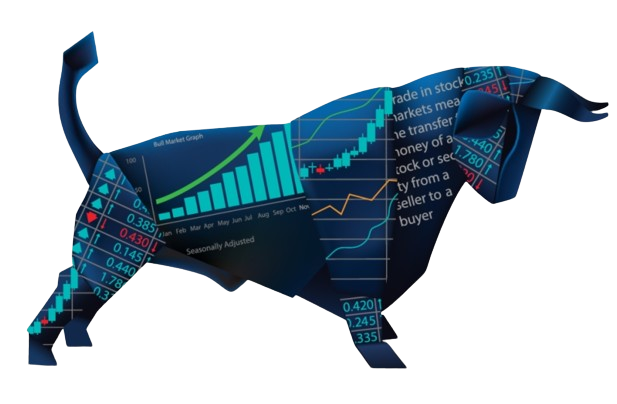 Execution
Execution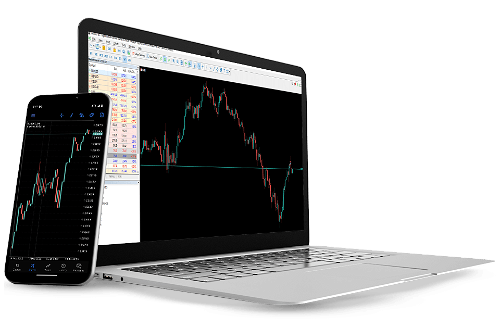 PMAM Platform
PMAM Platform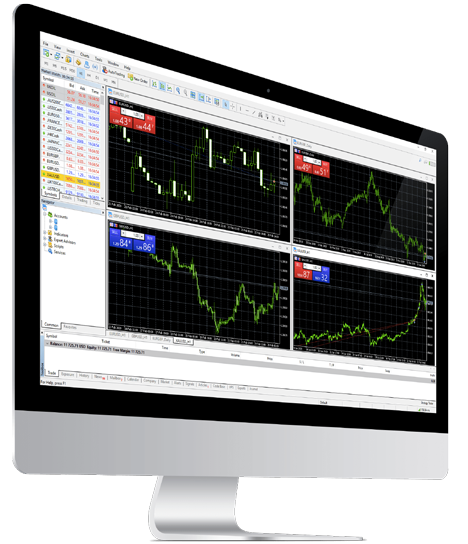 Partner Types
Partner Types Trading Signals
Trading Signals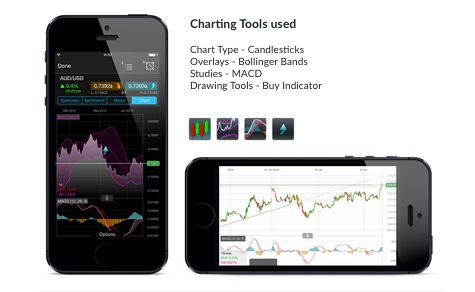 Charting Features
Charting Features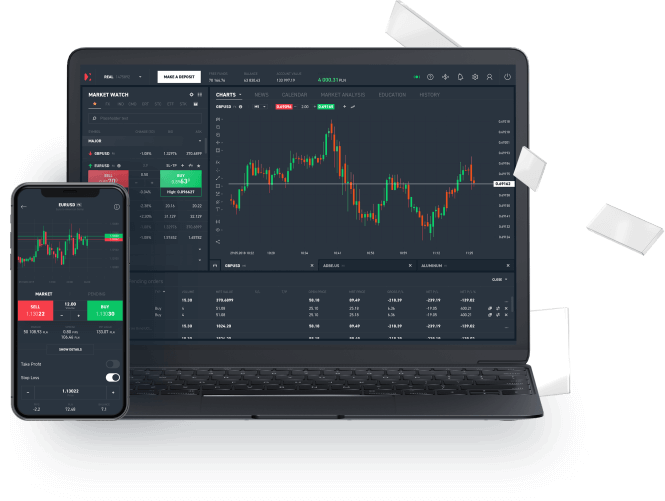 Countdown Pricing
Countdown Pricing Wealth Management
Wealth Management Guardian Angel
Guardian Angel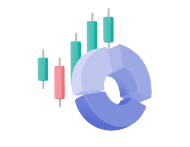 Vanilla Options
Vanilla Options